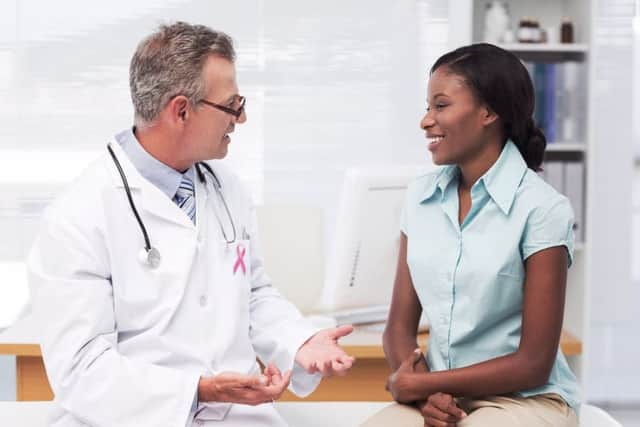Drugs: the 15 year process of ensuring they're safe


If you have ever thought of taking part in a clinical trial, chances are you may feel apprehensive about some peculiar side effects befalling you.
But the reality is, by the time a medication comes to being tested on humans, it has already been through a battery of tests.
The pharmaceutical industry is one of the most highly regulated in the world, and a new drug will go through a multitude of tests during the 10 to 15 years it takes to get it to market.


Dr Victoria Lynch, clinical research physician at MAC Clinical Research’s Leeds and Barnsley clinics, said all new medicines went through five stages of trials, from Phase 0 to Phase III and that safety was the foundation of all of them.
“I think there is a misconception about clinical trials and how drugs come to market. By the time any new medicine comes to be tested on humans, it has already been though a large part of that journey,” she explained.
The whole process is highly regulated by, among other organisations, the UK’s Medicines and Healthcare products Regulatory Agency (MHRA), the EU’s European Medicines Agency (EMA) and the USA’s Food and Drug Agency, all of which have set strict criteria.
Victoria added: “Whenever we are running a trial, we need to make sure that the potential scientific outcome does not outweigh the safety and wellbeing of the participant. That’s why all trials are approved by the ethics committee and the MHRA.”


Explaining the process, she said only around five in every 5,000 promising molecules ever even make it to Phase 0, let alone onto pharmacy shelves.
“There are so many reasons. Many are simply not viable, meaning they will not have the affect we need them to, or they will need to be given in such large doses they will be not be appropriate,” said Victoria.
The second part of Phase 0 is rigorous pre-clinical assessment in the laboratory, which can take years. These studies, which can sometimes be in animals, aim to spot and address any potential safety concerns before the medicines are ever tested in humans.
“When researchers have decided they have got something that may be effective and is safe, the process starts moving forward. It’s only then that we get to the Phase I, first-in-human trials,” said Victoria.
The main priority, she said, was safety, and the small number of people who take part are assessed rigorously to ensure they fit very strict criteria.
She added: “They will be monitored very closely and the dose of drug they are given will start really low, around one per cent of what Phase 0 testing had suggested was safe.”
The team will assess everything that happens throughout the trial and look for any indication of adverse events, or side effects. They will also use the trial to find out how much of the drug might be needed to have the desired effect, while remaining safe. Around 30 per cent of drugs are dropped at this stage.
It’s only when several Phase I trials all show similar safety and dose results that the process moves on to Phase II.
“Phase II is when the drugs are first tested in the target population, that’s people who have the condition the drug is hoping to treat,” explained Victoria.
“A larger number of people are involved, and again, the main priority is safety. We are largely looking at whether there is something within this particular group that might impact on the way the drug works.”
The next step is Phase III trials, which look at the medication’s efficacy, or how well it works.
“We are trying to find out if the medicine works. These are large trials and can involve up to 5,000 or 10,000 people. This is the last stage of the process before the drug goes to market,” said Victoria.
“We take all of the information from the previous trials, on safety, side effects and dosing, and use it when we design a Phase III trial.”
Even after it is being used in the real world, drugs, their safety and their side effects are still monitored, through the MHRA Yellow Card scheme, she added.
“Safety is the most important element of any trial that we or any other facility runs,” she said.
MAC Leeds and Barnsley clinics are currently recruiting volunteers for Phase III trials in new treatments for arthritic pain. For more information, go to https://www.researchforyou.co.uk/